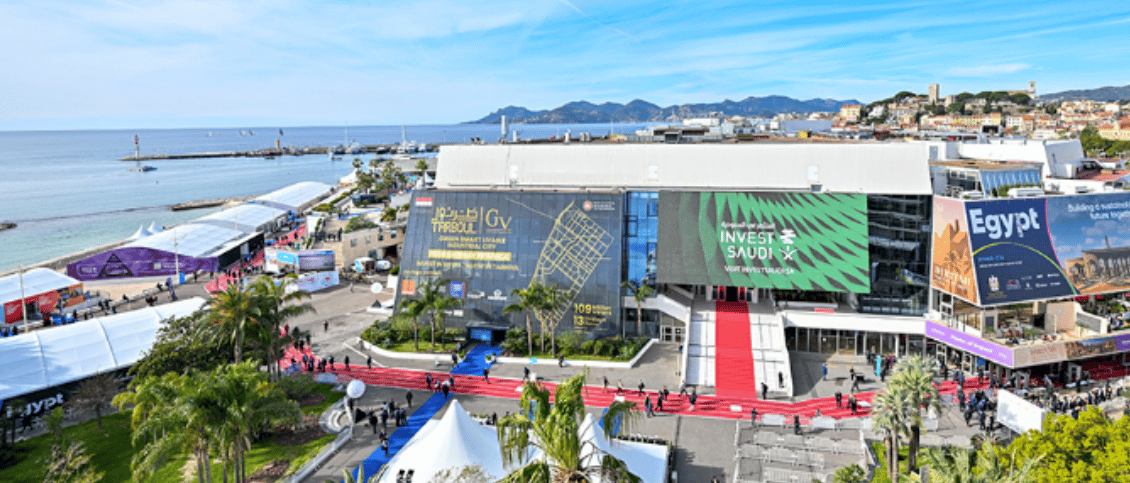Back from Cannes
OPINIÓN


This was the third time I attended MIPIM by invitation—probably the most important international real estate fair in Europe—where, among other things, the most innovative real estate projects in the world are showcased.
From that first visit, I remember how the acronym ESG was just beginning to timidly make its way into the various panels of the congress. Three years later, it is rare to find a booth or speaker that does not include ESG as one of their pursued objectives or commitments. Since 2022, the incorporation of ESG-related criteria has accelerated, gaining prominence and interest from almost all involved stakeholders. What was once a niche approach, seriously embraced only by some Anglo-Saxon or Scandinavian funds and developers, has become a deeply internalized commitment incorporated into many major real estate projects in the Western world.
In the Spanish market, we believe there are still few who are decisively, committedly, and boldly taking steps in this direction. It is true that in the last three years, the number of certified buildings has increased significantly, with annual growth rates above double digits. However, relative to total production, the percentage of certified square meters remains very low, and in rehabilitation projects—the true lever for transforming environmental impact—it is even lower.
On the other hand, we observe that the vast majority of Anglo-Saxon, Scandinavian, and Central European investors showcase increasingly bold and ambitious projects. This trend is extending, with more conviction than we expected, to areas of the Eastern Mediterranean and emerging markets in the Middle East, especially Saudi Arabia and Oman.
Alongside investment initiatives, the new regulatory framework is advancing—slowly, sometimes cautiously—but it is advancing. The European Parliament has just approved the revision of the EPBD (Energy Performance of Buildings Directive), announcing the entry into force of the MEPS (Minimum Energy Performance Standards) in 2028. Also, last February, Directive 2023/0085, known as the Anti-Greenwashing Directive, was approved to prevent lack of rigor and the use of misleading claims that confuse the market about what is being offered. In Spain, a new Technical Building Code for 2026 was recently announced, promising to integrate ambitious sustainability criteria.
Regulation acts as a lever for change but not necessarily for value creation, as it will level all new projects to a baseline. Only the most ambitious projects will become relevant and differentiated assets compared to their peers. Investors seeking to generate distinctive value must exceed legal requirements and elevate their projects to higher levels of environmental commitment.
Sustainability—in any of its three impact pillars—has ceased to be a trend or fashion. It is now mandatory regulation for some and a significant opportunity for others.
Ricard Santamaria
Director of H.A.U.S. HEALTHY BUILDINGS SL
